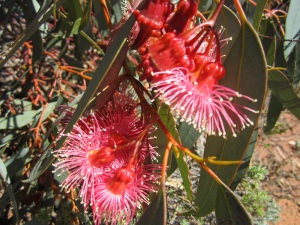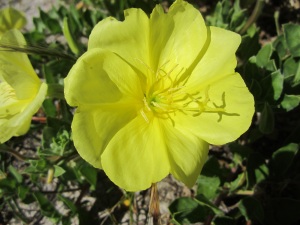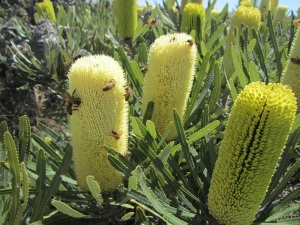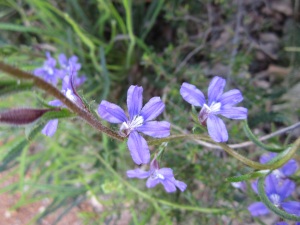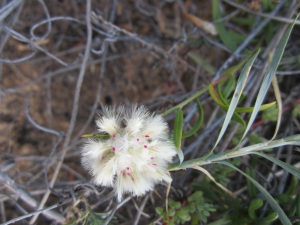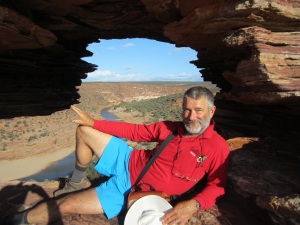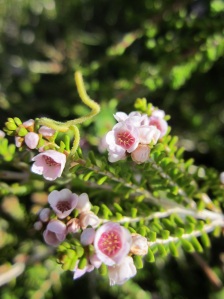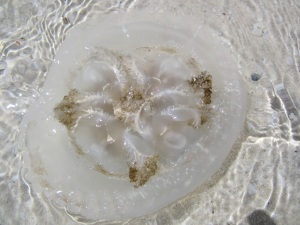We are in Kalgoorlie where gold is still being mined on a grand scale. Paddy Hannan and two of his mates, who are less feted, discovered gold here in June 1893. In the 1890’s provisions were in short supply, prostitution was rife (many of the women from China & Japan), and housing was a 6×8 hessian tent erected with forked sticks, an oat bag for a mattress and billy cans and kerosene tins to cook with. It must have been a wild, old town. The engineer, CY O’Connor, developed a project to pump water the 600 km from Mundaring Resevoir, in the Perth hills, to Kalgoorlie and the first of the eight pumping stations was officially started, with great pomp and ceremony, in 1903. This, of course, changed everything, and it is extraordinary to see the pipeline today, often following the road, as you travel between Perth and Kalgoorlie. Some of the original pipes are still in use although the pumping stations have been replaced.
Kalgoorlie-Boulder has some lovely, old buildings and we have visited a couple of museums and the Arboretum and the Karlkurla Bushland Park. We also had lunch at the historic Ora Banda pub, which has a colourful history involving arson, bombings, murder and The Gypsy Jokers. The food wasn’t great! but it is a lovely, little outback pub with a very pleasant beer garden.
We have travelled 12,200 kms in 11 1/2 weeks and tomorrow we head for the Nullabor. It will take us two days to cross, and we will free camp so, probably, no internet/phone access. Home in two weeks.

